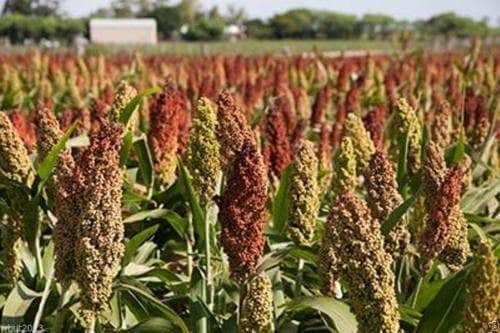
Colored Upright Sorghums Seeds Corn-Ornamental !
Most orders are processed by the next day
Select your desired size and/or color from the available options.
Soil and Water: Broomcorn produces the best brushes in deep, well-drained, rich soil. Water deeply once a week, after it is established. It is a heavy feeder so it needs fertile soil.
Planting and Growing: Plant 2 weeks after last frost. Plant a minimum of 4 rows for pollination in rows spaced at least 16" apart. Broomcorn loves the heat.
Harvesting and Storage: Harvest by cutting off the brushes when the seed pods fully change colors but the stems are still pliable. Dry by hanging upside down or place them in a container and they will dry in an arched shape.
Did You Know? Flat brooms made out of broomcorn, like the ones commonly seen today, were invented by the Shakers in the 19th century.
Soil Temperature: 65-80°F
Planting Depth: 1"
Germination: 7-10 Days
Height At Maturity: 10'-12'
Sun/Shade: Full Sun
Spacing After Thinning: 3"-4"
LET OUR CUSTOMER SPEAK FOR US

![[Seeds] - Caribbeangardenseed](http://caribbeangardenseed.com/cdn/shop/files/gift-card-gift-card-1_1024x1024_dfa857db-9150-4315-a362-7f0bb3fb9c47_60x28.png?v=1703978838)
